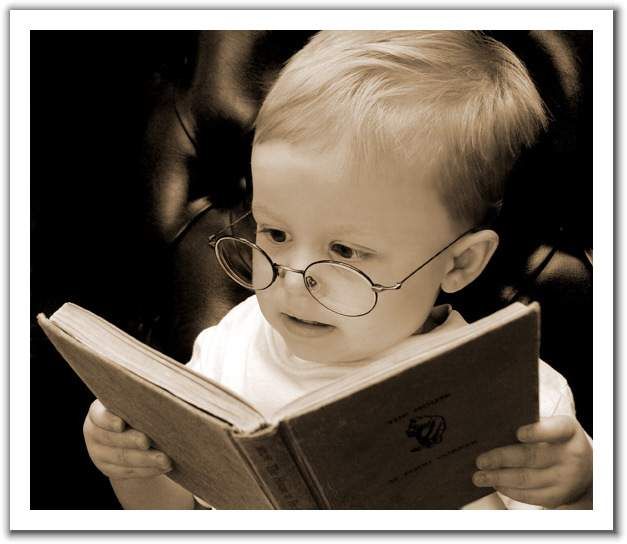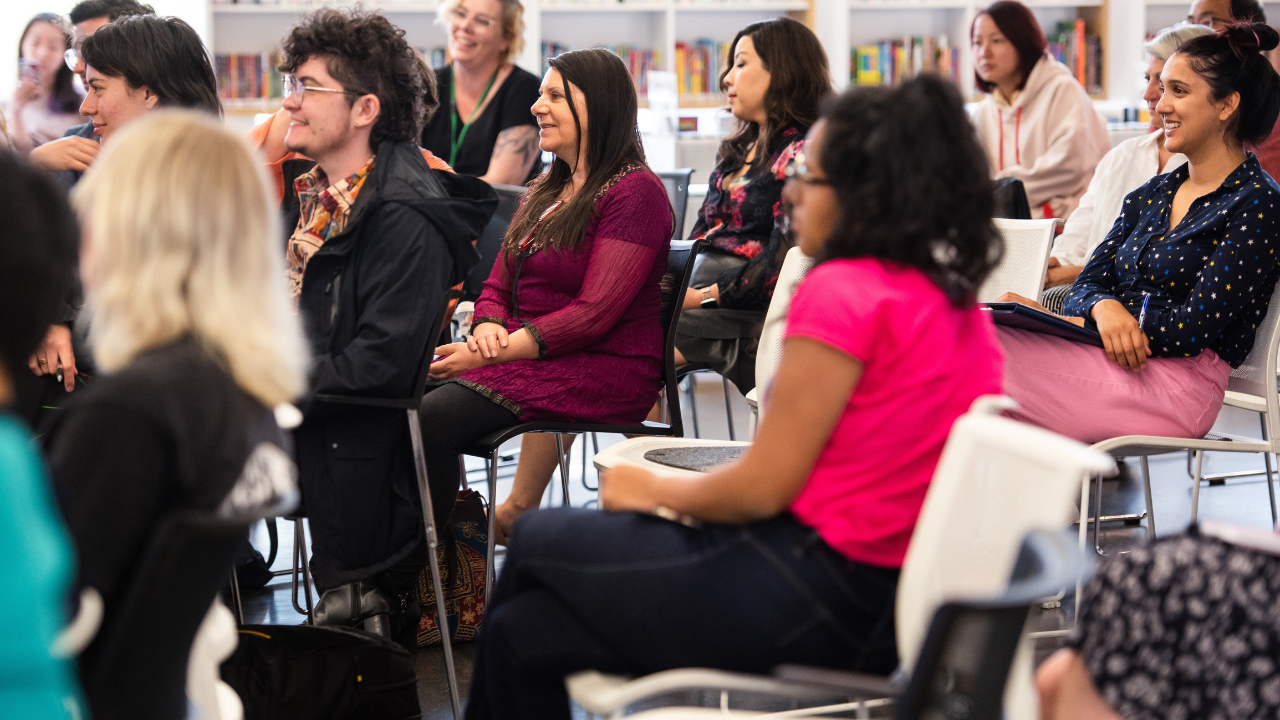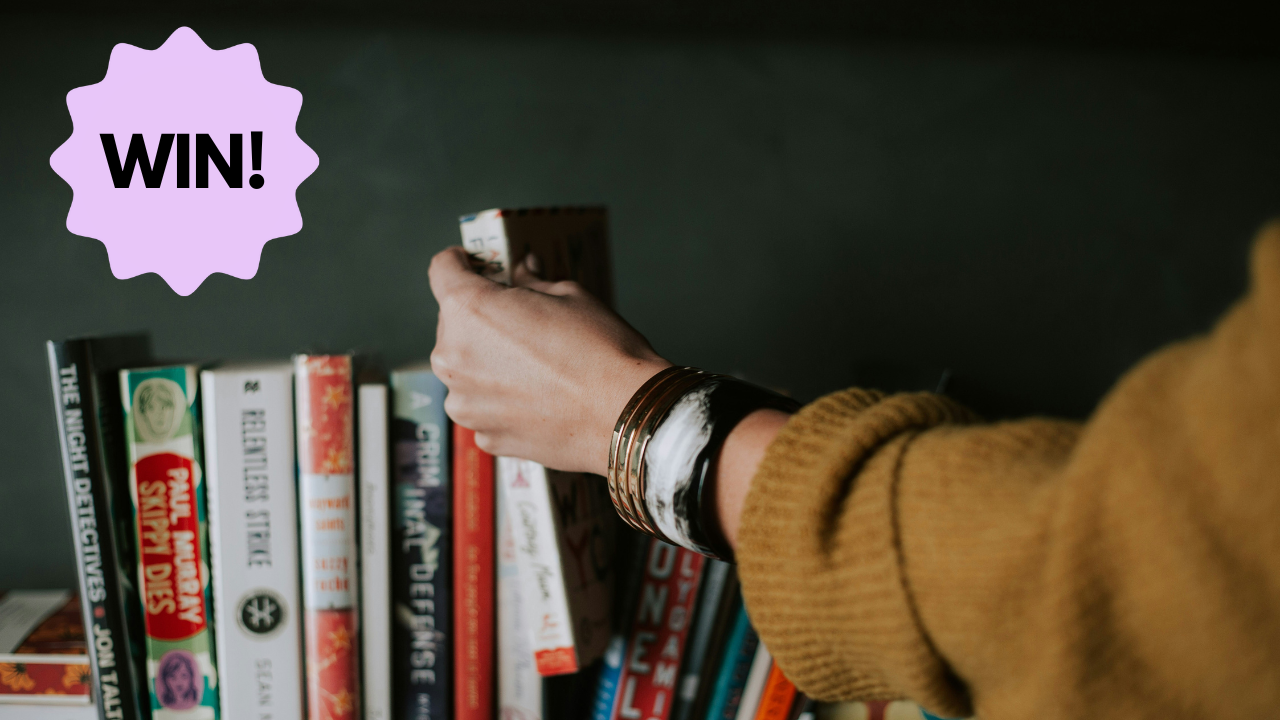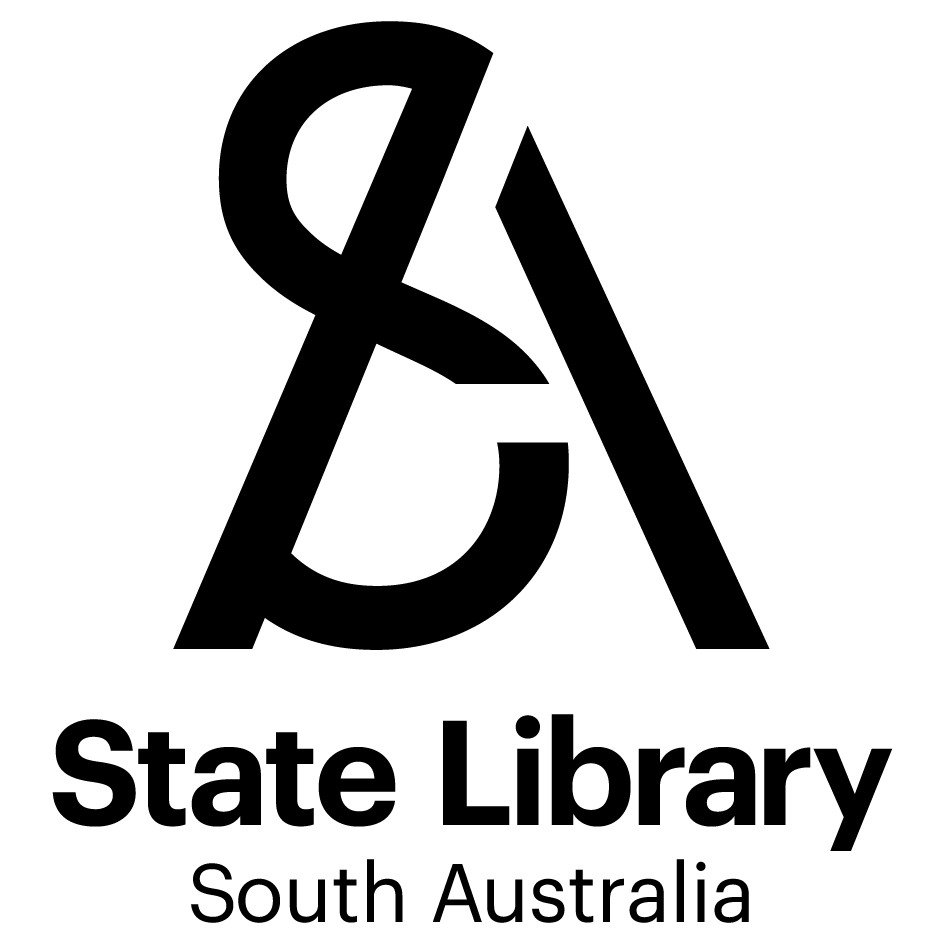Think back to when you first learned to read. What was it like?
Back then, you read word by word. You focused on what each word or phrase was communicating. You read closely.
Today we are all practiced readers. We have become too familiar with skimming, skipping words, daydreaming. Yet writers’ words teach us how to use language. If we’re skimming, we miss a lot of what any author can teach us. We miss lingering on the effect of the many choices the author has made. The act of reading closely means that you care just as much or even more about words, sentences and paragraphs as plot or subject matter. It means examining work you admire in the same way you might examine how a painter’s brushstrokes creates the overall effect of the painting. By reading closely, you can discover tools, techniques and solutions to implement in your own work.
Five tips for generating great writing from reading:
- Take the first sentence of a piece of writing you admire. Write it twenty-five different ways. Use a different tone, all new words, or change the perspective. What are the effects of all the different choices you make?
- Choose a paragraph from a work you like. Read it closely. How does each sentence build upon the next? Copy the moves of the paragraph without copying the subject matter.
- Choose a paragraph from a work that is admired but that you don’t particularly like. Read it closely, and try to find out why it is admired. Don’t convince yourself to like it, but figure out how to appreciate it.
- Type out ten gestures from a piece of writing you like. What do those gestures reveal about the character and the situation? How can you use similarly revealing and specific gestures in your own writing?
- Choose a work you admire and write down all the verbs and adjectives in one paragraph, one page, or even a whole chapter. Most likely, these verbs and a
djectives will be a bit different from the ones you unconsciously favour in your own writing. Tack the list of words by your computer and try to employ those words in your own writing, rather than only relying on the verbs and adjectives you typically use.
Reading closely requires a lot of work and concentration, but it’s also exciting, as you become more and more able to imagine the mind of the author as he or she created the story you found inspiring. This kind of reading can help you avoid the common creative writing expectations you may feel you must fulfill, such as inventing a likeable character, or providing backstories for every character. Reading closely will show you how many ways there are to create stories and characters, how many choices we have, and how far our imaginations can stretch to reveal themselves on the page.
Join Jillian for her Reading Like a Writer workshop in August.
Jillian Schedneck is the author of the travel memoir Abu Dhabi Days, Dubai Nights, and her work has appeared in over a dozen literary journals in Australia and America. She holds an MFA in creative writing and has taught creative writing in Australia, the United States and the United Arab Emirates.









